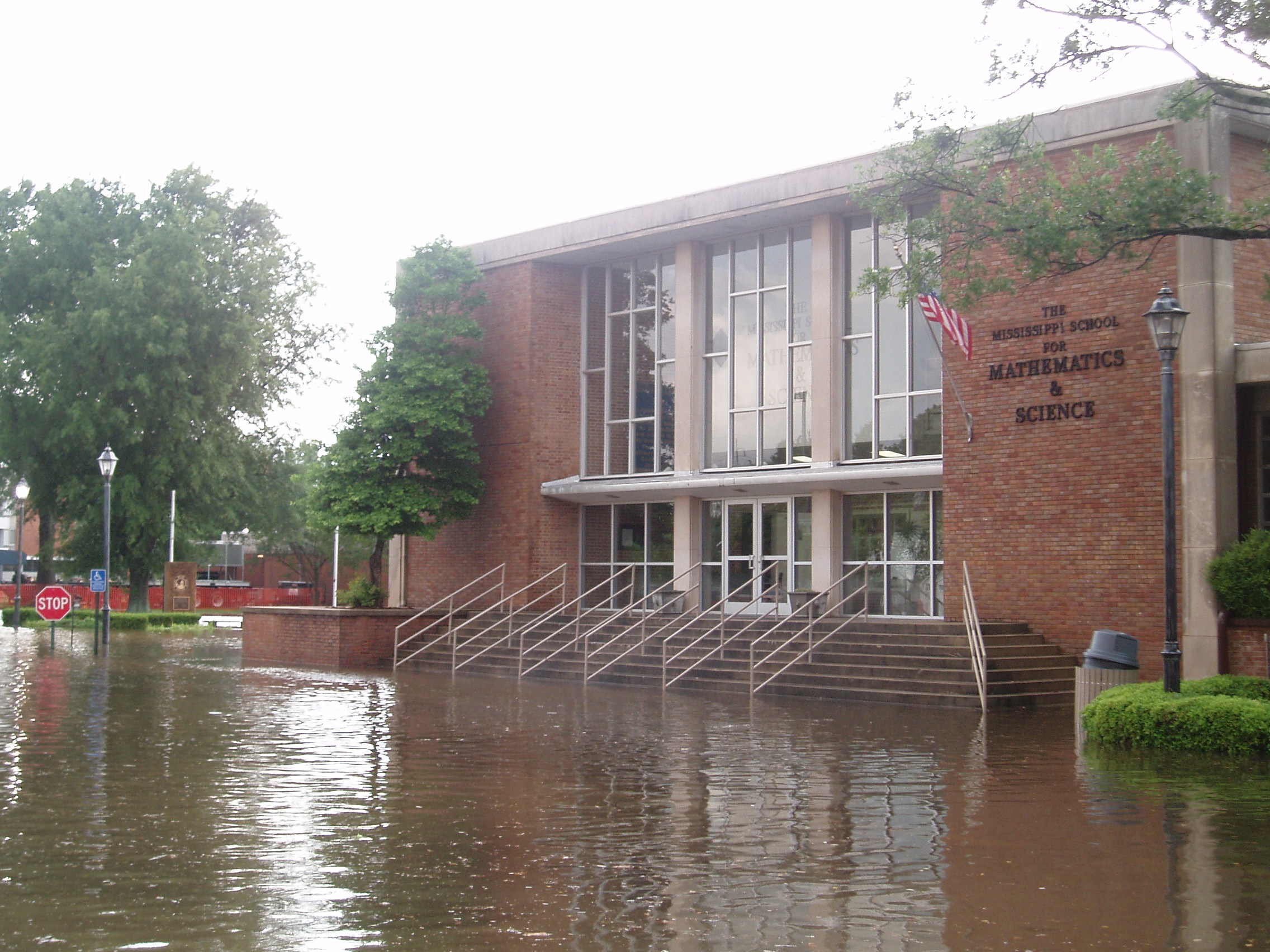Many ASTM International consensus documents are found in education facility construction contracts and in documents that assert accepted good practice for operations and maintenance. Now comes a new consensus document ASTM E3130 Standard Guide for Developing Cost-Effective Community Resilience Strategies to support cost-effective ways for communities to respond, withstand, and recover from a wide range of potential catastrophes, such as natural hazards, utility outages, and human-caused disruptions. It was developed by ASTM International’s Committee on the Performance of Buildings (E06) and is linked below:
New Standard Supports Community Resilience
ASTM Committee E06 — formed in 1946 — is charged with the promotion of knowledge, stimulation of research, development and maintenance of standards and related documents for performance of buildings, their elements, components, including means and methods of fabrication and assembly; and the description, measurement, prediction, improvement, and management of the overall performance of buildings and building-related facilities.
ASTM Committee E06 meets twice a year, usually in April and October, with approximately 240 members attending three to four days of technical meetings and symposia. The next meeting of ASTM E06 is October 21 through October 24 at the Washington Hilton in Washington, DC. A Symposium on Building Science and the Physics of Building Enclosure Performance will take place at the same time. Stakeholders may communicate directly with the ASTM staff Stephen Mawn (smawn@astm.org) at 610-832-9726 to sort through participation specifics.
We will walk through this standard specifically – and the expanding constellation of resilience standards generally — during a breakout teleconference on September 24th, 11 AM Eastern time. Click in with the login credentials at the upper right of our home page.
Issue: [18-37]
Category: Architectural, Space Planning, Facility Asset Management
Colleagues: Jack Janveja, Richard Robben









